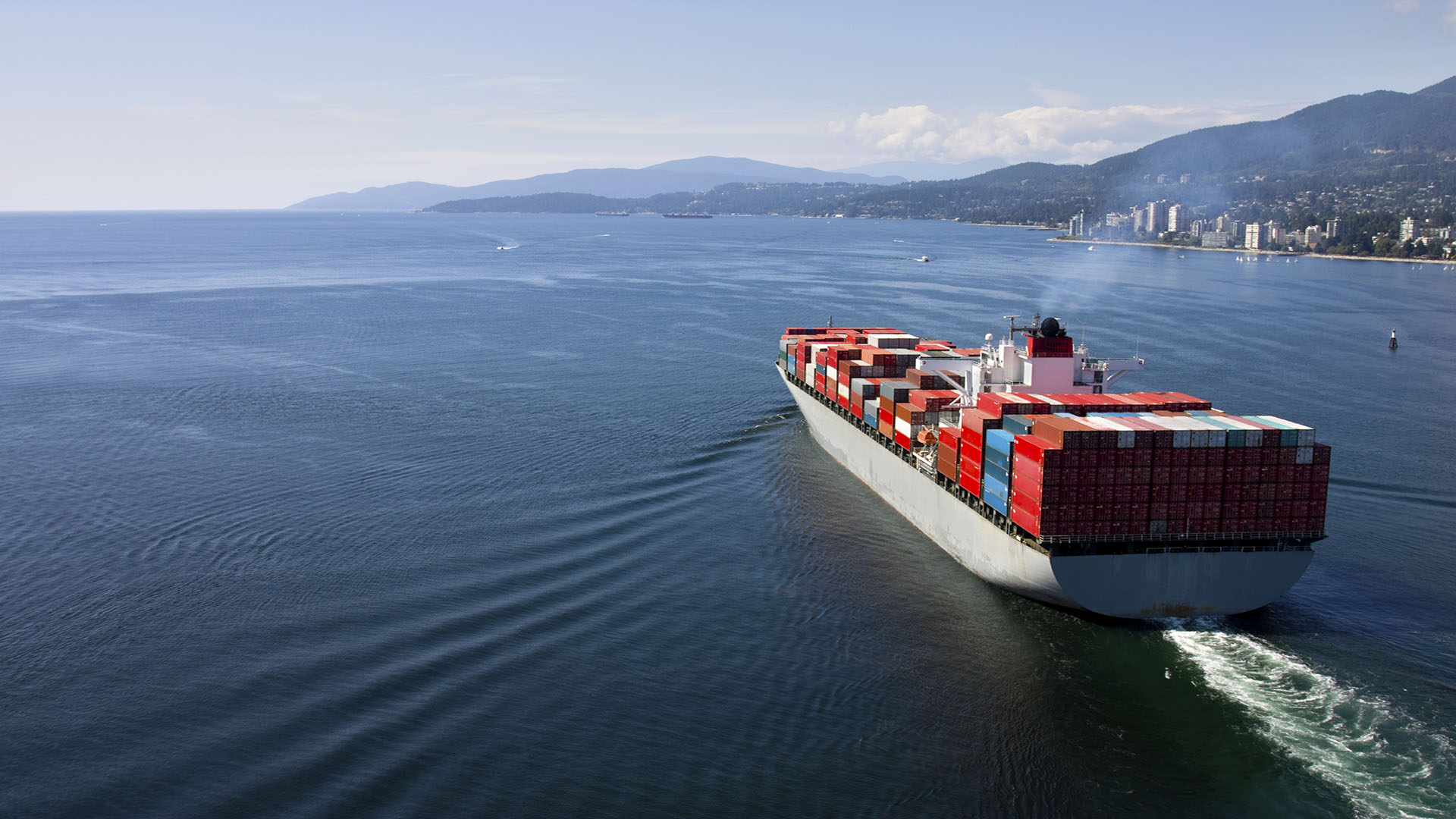
Sweden’s largest maritime total-defence drill puts public–private teamwork to the test at DSM2025
Donsö, 1 September 2025 — At Totalförsvarsövning DSM2025, Sweden’s authorities and the maritime industry trained side-by-side for operations under the highest state of readiness with The Swedish Club on hand to validate how cover, claims and war-risk structures would work in practice.
Held on day one of Donsö Shipping Meet (DSM), the exercise was coordinated within BT POS–SJÖ (the Transport Preparedness Sector’s public–private collaboration for the maritime mode) and brought together the Swedish Transport Administration, Swedish Armed Forces, Swedish Maritime Administration, Swedish Transport Agency, MSB, Swedish Coast Guard, Customs, Police, Energy Agency, regional authorities and a wide range of private actors including shipowners, ports, service providers and insurers.
The Swedish Club team on site: Senior Underwriter Daniel Kilgren and Director, Claims, Johan Kahlmeter.
What was exercised — and why Donsö?
With ~90% of Sweden’s trade moving by sea, the exercise focused on keeping maritime transport functioning under crisis, heightened alert and war. DSM’s setting was deliberate: Donsö’s dense shipping cluster (11 shipowning companies plus training facilities) offers both live vessels and high-fidelity simulators, enabling tabletop decision drills to be paired with ship-based and simulator exercises.
Scenarios combined administrative/procedural threads (insurance, crewing, requisition, command and coordination) with operational tests (pilotage alongside naval assets, convoying, casualty handling under threat). Sub-exercises included sabotage/repair of a tanker under war conditions; state requisition and rapid re-crewing; a grounding and salvage in a high-threat environment; host-nation support to Finland; and a linked land-transport prioritisation drill.
Where insurance input mattered
Insurance was surfaced explicitly in two scenario threads where The Swedish Club contributed assumptions and good practice:
First: Requisition of a member vessel for military use
In this scenario, upon requisition normal commercial insurance would cease and attention shifts to government insurance arrangements for the Armed Forces. Procedural questions included which authority initiates and documents requisition, how risk is transferred, and how owners, managers and insurers coordinate the handover.
Context for readers: participants referenced the Förfogandelagen (1978:262) as the likely legal basis for requisition and Försvarsmakten’s “Handbok Säkerställande av fartygskapacitet (H Fartygskapacitet)” for the practical steps. The exact attachment point for government insurance in such a case is still under development.
Second: Grounding near Gothenburg during high alert
The vessel was piloted by the Armed Forces through mined waters for priority repairs. The Club provided an expert view on initial casualty handling (evidence, notifications, protective measures) and participated as a counterpart in discussions on a potential government reinsurance interface to enable time-critical transit and repair.
Although these discussions did not change outcomes on the day, much of the framework work had been done in preparatory meetings, they proved the “handshakes” between public and private roles, clarified documentation, and flagged where war risks, H&M and P&I each come to the fore under pressure.
TILLSAMMANS: learning together, faster
A central communication theme of the exercise was TILLSAMMANS — together. From an insurance perspective, that means owners, authorities and service providers sharing timely information so decisions (requisition, routing, casualty control, port priorities) can be made faster and with fewer surprises.
“TILLSAMMANS reflects collective strength: owners, private service providers and authorities sharing information to enhance resilience and safeguard maritime operations under any circumstance,” one participant noted after the drill.
The Swedish Club’s role in DSM2025 aligns with our broader approach: bring loss-prevention practice to the table, ensure cover and claims mechanics are understood before a crisis, and help members translate exercise lessons into clear actions on board and ashore.
Who took part (selection)
Authorities (Swedish / English):
Luftfartsverket — Swedish Civil Aviation Administration · Trafikverket — Swedish Transport Administration · Transportstyrelsen — Swedish Transport Agency · Sjöfartsverket — Swedish Maritime Administration · MSB — Swedish Civil Contingencies Agency · Tullverket — Swedish Customs · Polismyndigheten — Swedish Police Authority · Arbetsförmedlingen — Public Employment Service · Energimyndigheten — Swedish Energy Agency · Försvarsmakten — Swedish Armed Forces · Kustbevakningen — Swedish Coast Guard · Krigsförsäkringsnämnden — National Board of War Insurance · Länsstyrelsen Västra Götalands län — County Administrative Board of Västra Götaland.
Industry: shipowners and managers, ports and terminals, pilots, yards, cargo interests, financiers, brokers and insurers including The Swedish Club.
What happens next
The exercise organiser has indicated that evaluation work will continue in autumn 2025 under MSB’s lead, with outputs feeding into future total-defence activities. As state frameworks around requisition mechanics and insurance attachment are clarified, The Swedish Club will translate those developments into member guidance and practical checklists.
Questions?
Members can contact their usual underwriting, claims or loss prevention contacts, or reach us at swedishclub.com for further information on DSM2025 takeaways and preparedness planning.